As a small business owner, finding new customers and driving revenue is essential for growth. GoogleAds provides a powerful platform for reaching potential customers online and driving sales.
In this article, we’ll cover everything you need to know about GoogleAds, from its benefits to the different types of ads available. We’ll also explore how Big Dog Digital can help small business owners leverage GoogleAds to reach their target audience and drive more revenue online.
Whether you’re new to GoogleAds or looking to improve your existing campaigns, this guide will help you make the most of this powerful advertising platform. Providing tips and best practices to help you create successful campaigns that reach your target audience and drive results.

Understanding GoogleAds: How It Works and Why It Matters to Small Business Owners
GoogleAds is a pay-per-click (PPC) advertising platform that allows businesses to create and display ads on Google’s search engine results pages (SERPs). Advertisers bid on specific keywords that are relevant to their products or services, and pay each time a user clicks on their ad. GoogleAds offers a variety of targeting options, including geographic, demographic, and device targeting, allowing advertisers to reach their desired audience with precision. The platform also offers ad extensions, which allow advertisers to include additional information in their ads, such as location information or phone numbers.
The benefits of GoogleAds are numerous. First and foremost, GoogleAds offers targeted advertising, which means that businesses can reach their ideal audience with a high degree of accuracy. Additionally, because advertisers only pay when someone clicks on their ad, GoogleAds can be a cost-effective marketing solution. GoogleAds is also highly measurable, allowing businesses to track their performance and make data-driven decisions. Finally, GoogleAds offers the opportunity to reach a large audience, as Google processes over 3.5 billion searches per day.
Navigating GoogleAds: What’s it all about?
For small business owners, navigating GoogleAds can be a daunting task. However, there are several tips and best practices that can help to simplify the process and improve the performance of your campaigns. First and foremost, it’s important to define your target audience and create ads that are tailored to their needs and interests. By understanding your target audience, you can create more effective ads that resonate with your customers and drive better results.
Another key tip is to start small and focus on a few key campaigns or ad groups to begin with. This allows you to test different strategies and optimise your ads before scaling up to larger campaigns. Additionally, it’s important to monitor your campaigns regularly and make adjustments as needed based on the performance data. This can include adjusting your bidding strategy, refining your targeting options, or testing different ad formats to improve your performance.
Lastly, it’s important to leverage the resources and support available through GoogleAds. Google offers a range of tutorials, guides, and support options to help new advertisers get started and optimise their campaigns.
By taking advantage of these resources, small business owners and new advertisers can navigate GoogleAds with more confidence and achieve better results. By following these tips and best practices, small business owners and new advertisers can effectively navigate GoogleAds and drive better results for their businesses.
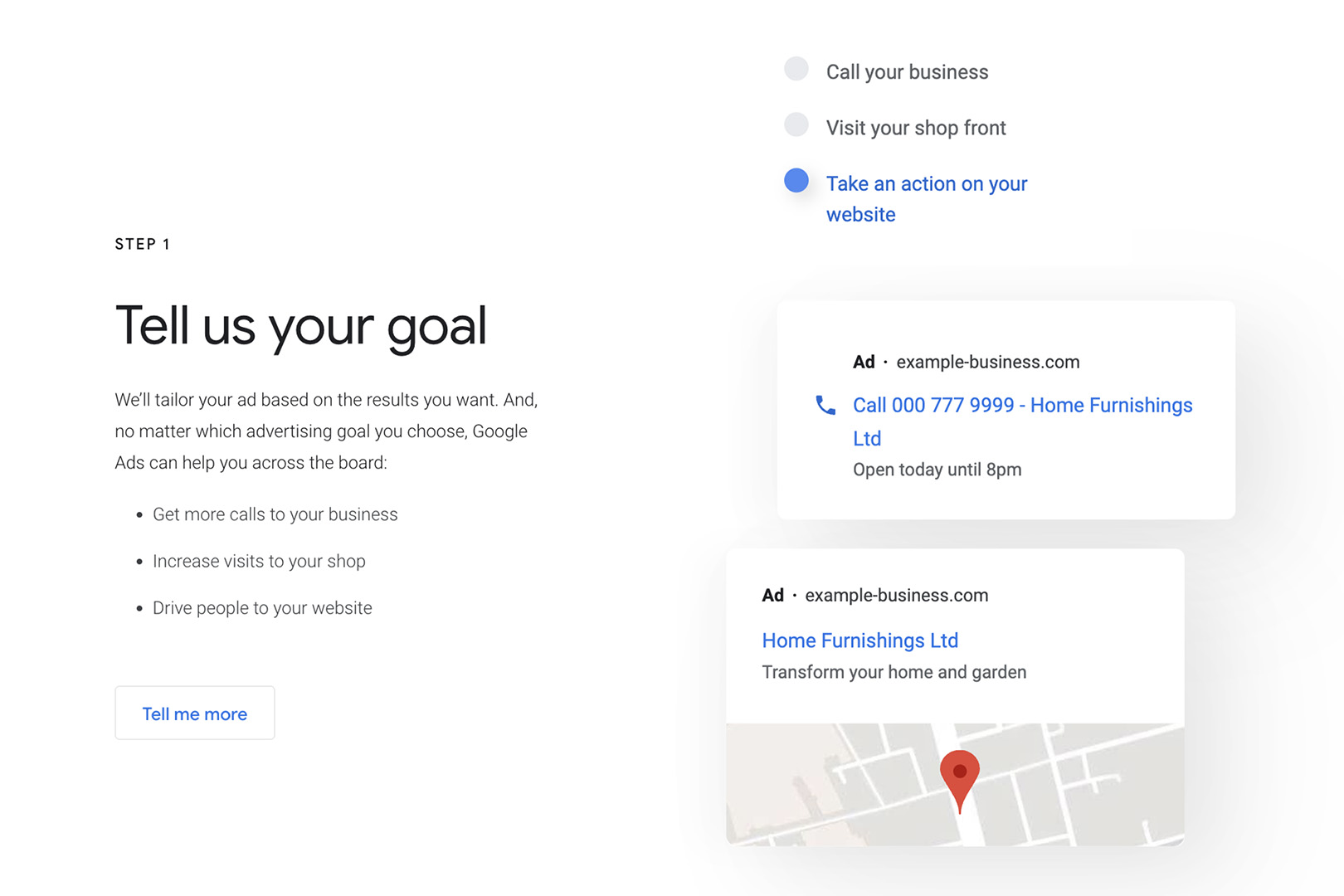
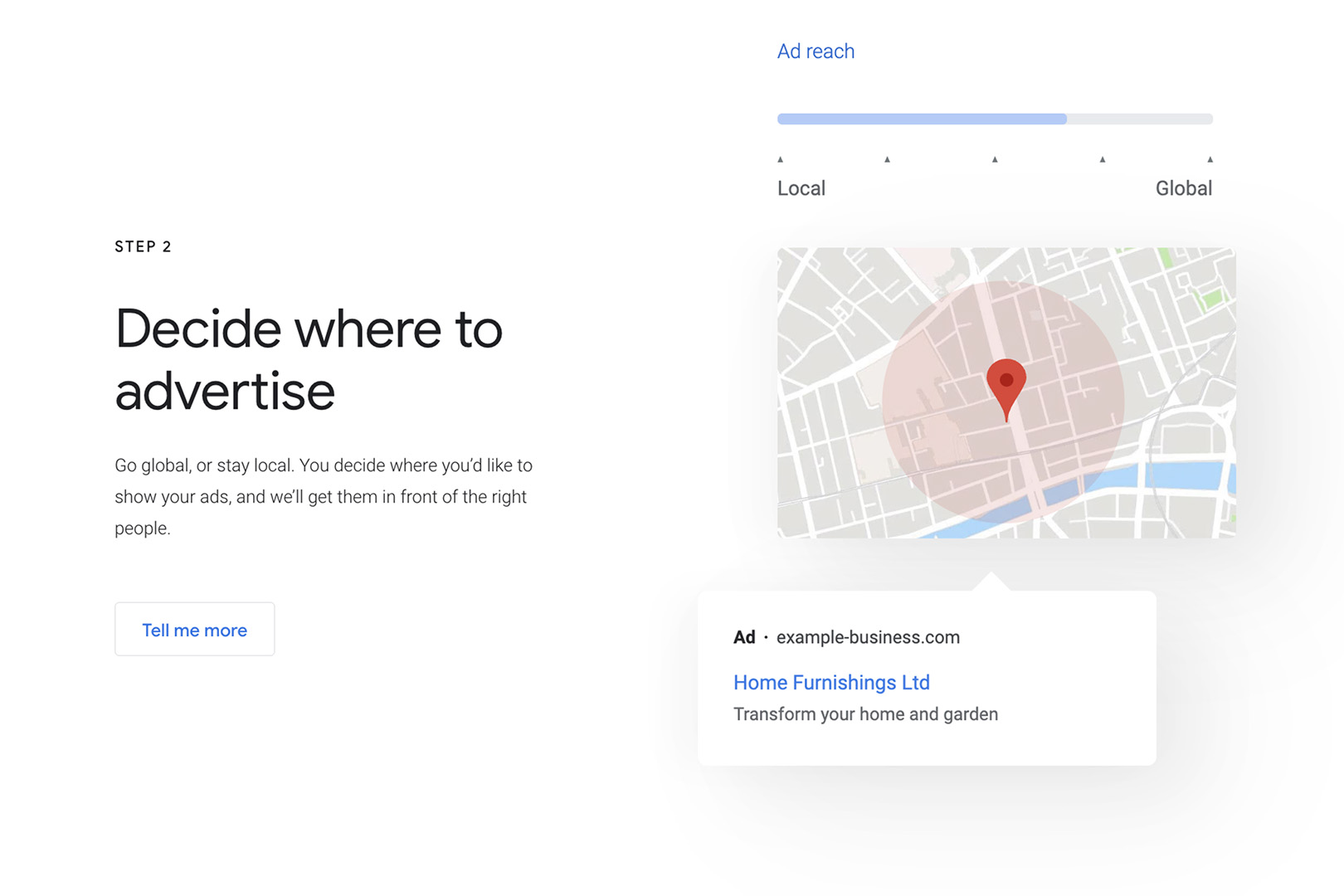
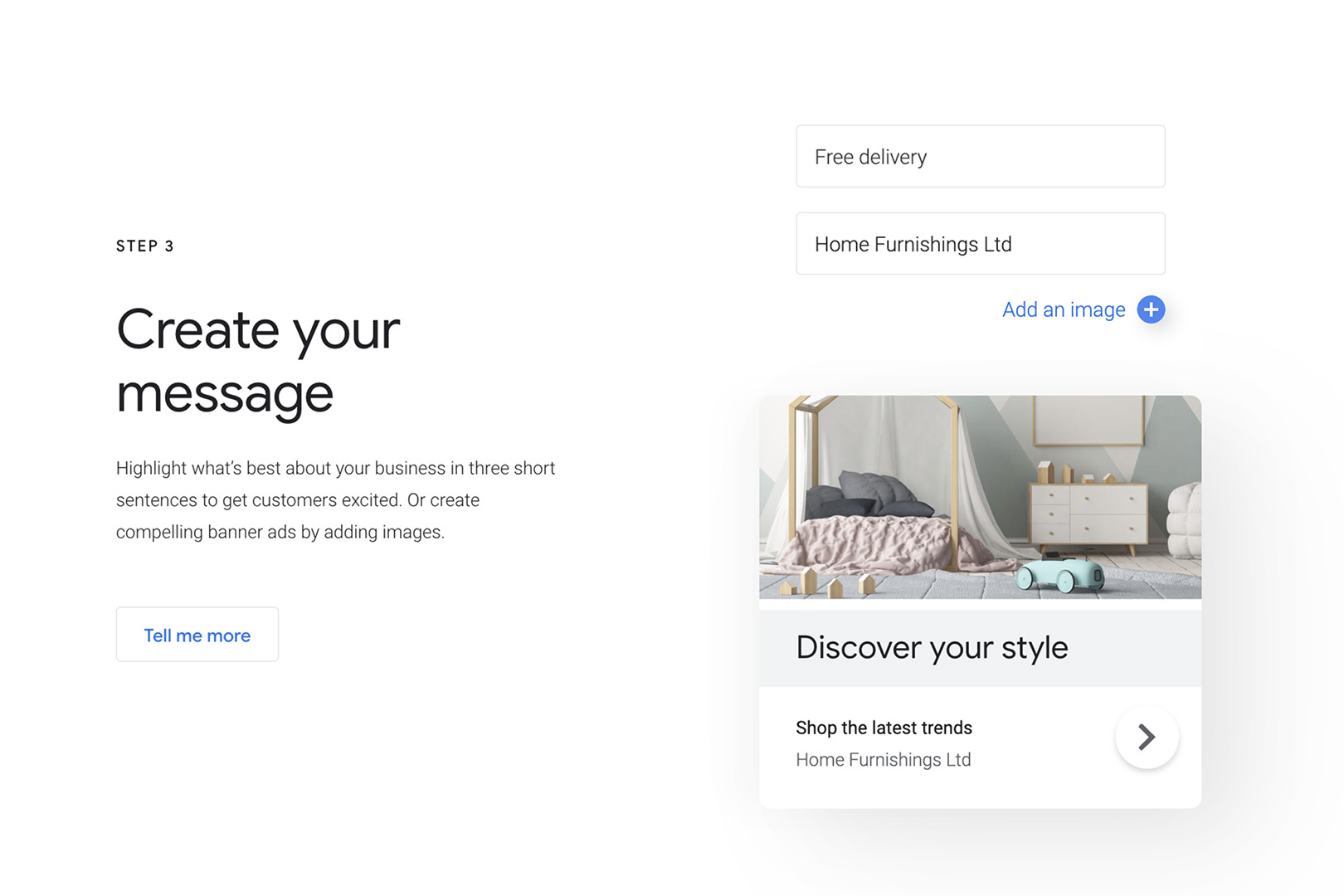
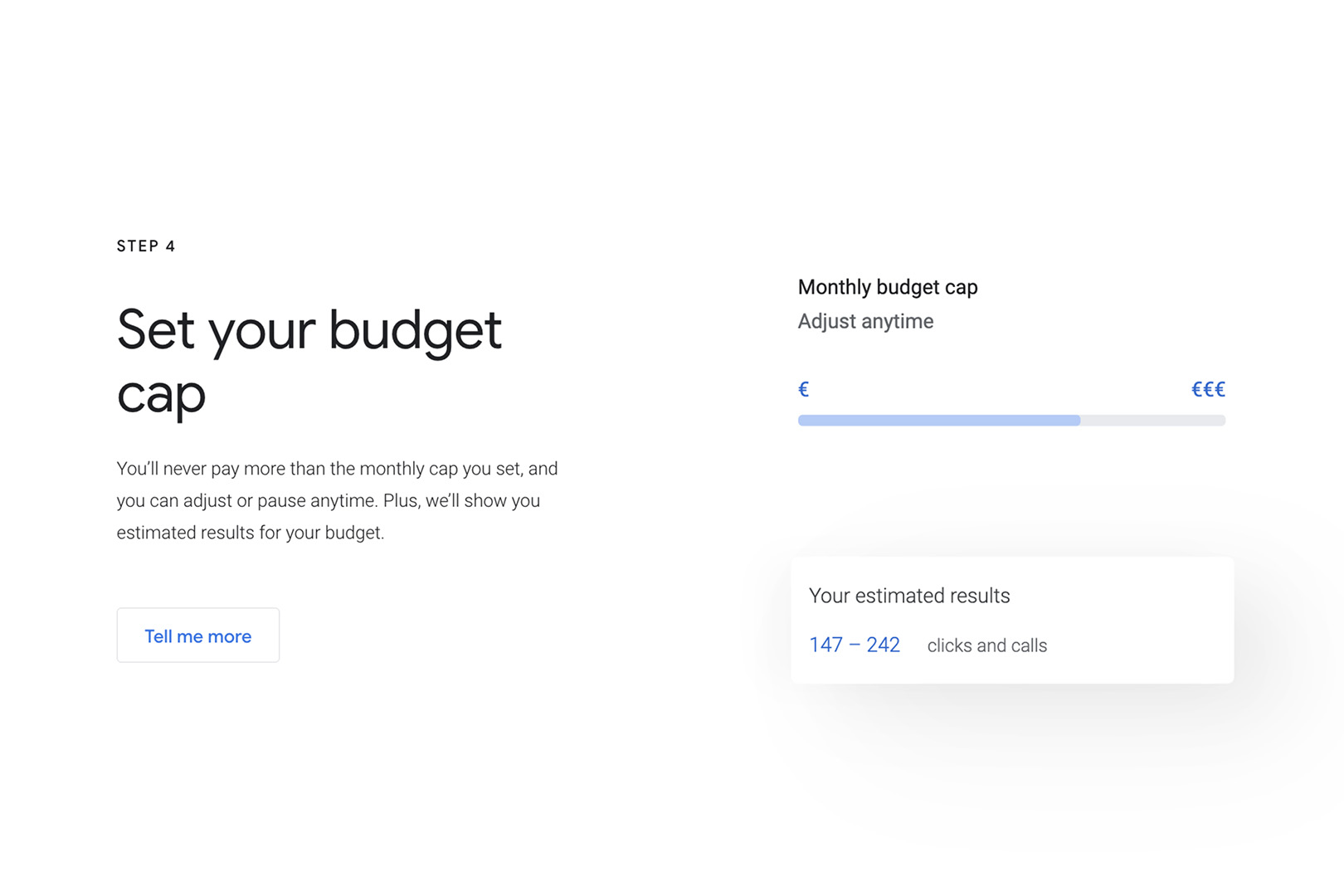
GoogleAds vs. Other Advertising Platforms: How It Stacks Up
When compared to other online advertising platforms, GoogleAds offers several unique advantages. One of the most significant benefits of GoogleAds is its ability to target users based on their search intent. Because GoogleAds ads appear on search results pages, businesses can reach users who are actively looking for their products or services. Additionally, GoogleAds offers cost-per-click (CPC) pricing, which means that advertisers only pay when someone clicks on their ad, making it a cost-effective advertising option.
Other platforms may offer different types of advertising, such as social media advertising or display advertising, but GoogleAds is unique in its ability to deliver highly targeted ads to users who are actively searching for a specific product or service. GoogleAds also offers conversion tracking, which allows businesses to track the performance of their campaigns and adjust their strategy accordingly.
Finally, GoogleAds offers a large and diverse audience, making it an ideal platform for businesses of all sizes and industries.
Top Mistakes to Avoid When Creating GoogleAds Campaigns
When creating a GoogleAds campaign, there are several common mistakes that advertisers should avoid in order to maximise their performance. One of the most significant mistakes is keyword stuffing, or using too many keywords in an ad group. This can lead to irrelevant ads being displayed to users, which can result in a low quality score and higher costs per click.
Advertisers should focus on using a small group of highly relevant keywords in each ad group to ensure that their ads are targeting the right audience. We recommend using between 15 and 20 keywords per campaign.
Another common mistake is poor ad targeting. GoogleAds offers a variety of targeting options, including geographic, demographic, and device targeting, which can be used to reach a specific audience.
Business owners should take the time to define their ideal audience and use the appropriate targeting options to ensure that their ads are reaching the right people. Ignoring ad quality score is another mistake to avoid, as it can impact the visibility and cost of ads. Advertisers should focus on creating high-quality ads with relevant keywords and landing pages to improve their ad quality score.
Bidding too high or too low is another common mistake that can impact the performance of GoogleAds campaigns. Bidding too high can result in overspending, while bidding too low can result in low ad visibility and poor performance. Advertisers should research the appropriate bidding strategy for their industry and adjust their bids based on their performance data.
Finally, neglecting negative keywords can lead to irrelevant clicks and wasted ad spend. Advertisers should identify and add negative keywords to their ad groups to ensure that their ads are not displayed to irrelevant audiences. By avoiding these common mistakes, advertisers can optimise their GoogleAds campaigns and achieve better results.
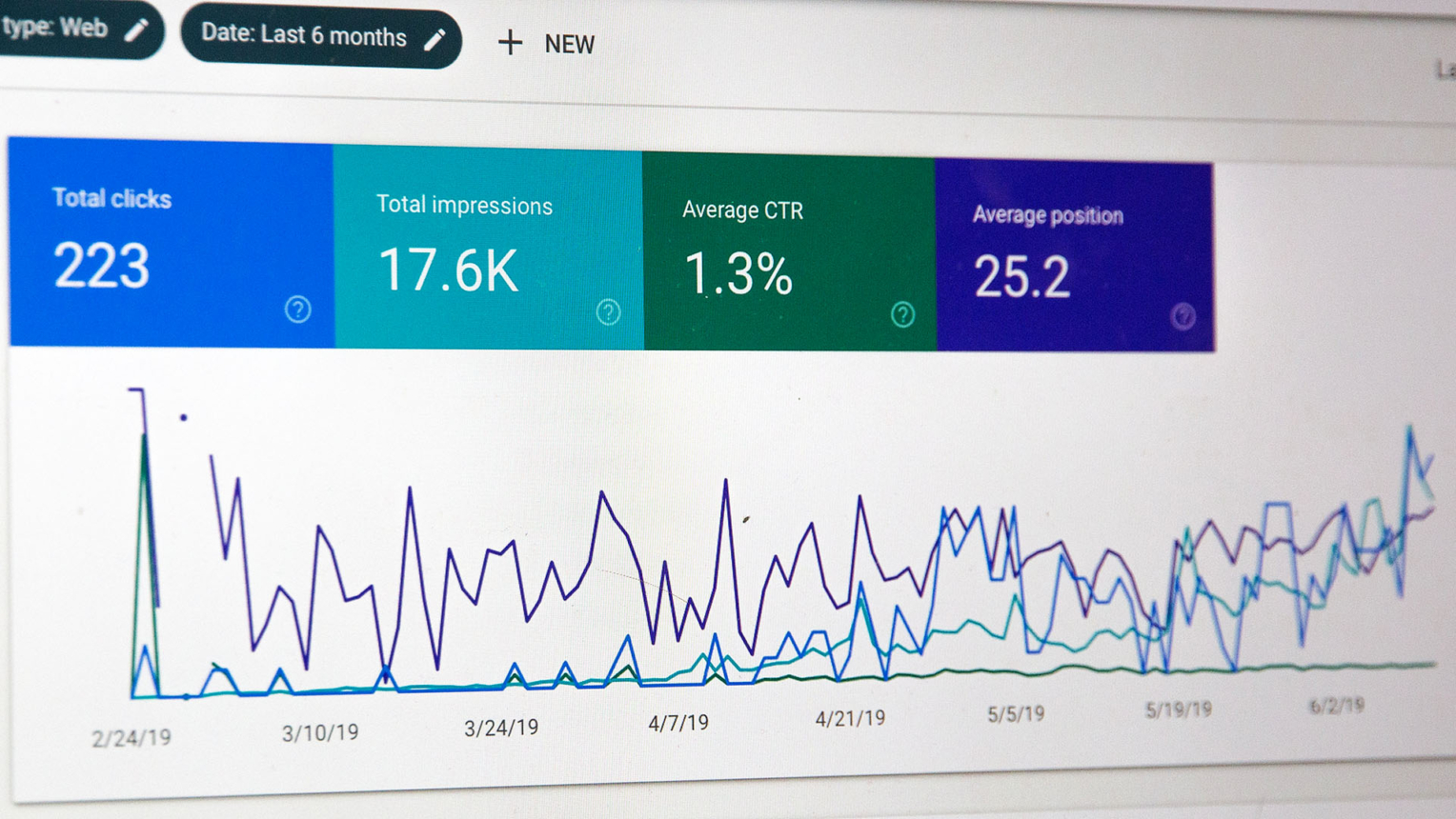
Best Practices for Ad Optimization
While GoogleAds offers a range of benefits for advertisers, it’s important to optimise your ads in order to achieve the best possible return on investment (ROI). One of the most effective ways to optimise your GoogleAds campaigns is through ad testing. By creating multiple versions of an ad and testing them against each other, advertisers can identify which ads perform best and make data-driven decisions to improve their ad performance. Ad testing should be an ongoing process, with regular updates and optimizations made to improve ad performance over time.
Another key aspect of ad optimisation is landing page optimization. When a user clicks on an ad, they should be taken to a landing page that is relevant to the ad they clicked on. The landing page should be designed to convert users into customers, with clear calls to action and relevant information about the product or service being offered. By optimising landing pages, advertisers can improve the user experience and increase the likelihood of conversions.
In addition to ad testing and landing page optimization, it’s important to monitor and adjust your bidding strategy in order to maximise ROI. Advertisers should regularly review their performance data and adjust their bids based on the performance of their ads. Additionally, incorporating ad extensions, such as callout extensions and structured snippets, can improve ad visibility and provide users with additional information about the product or service being offered.
Finally, leveraging remarketing campaigns can help advertisers to re-engage users who have previously interacted with their ads or visited their website, increasing the likelihood of conversions and maximising ROI. By following these best practices for ad optimization, advertisers can achieve better performance and maximise their ROI on GoogleAds.
Conclusion:
Overall, measuring the success of your GoogleAds campaigns and making data-driven decisions to improve your results is essential for achieving your advertising goals as a small business owner. By tracking key metrics such as click-through rate and conversion rate, and leveraging the tools available through GoogleAds, you can continually optimise your campaigns and drive better results.
Whether you’re just getting started with GoogleAds or looking to improve the performance of your existing campaigns, taking the time to measure success and make data-driven decisions is critical for achieving long-term success online. With the right support from Big Dog Digital, small business owners can use GoogleAds to drive more sales and revenue online and achieve their business objectives.
